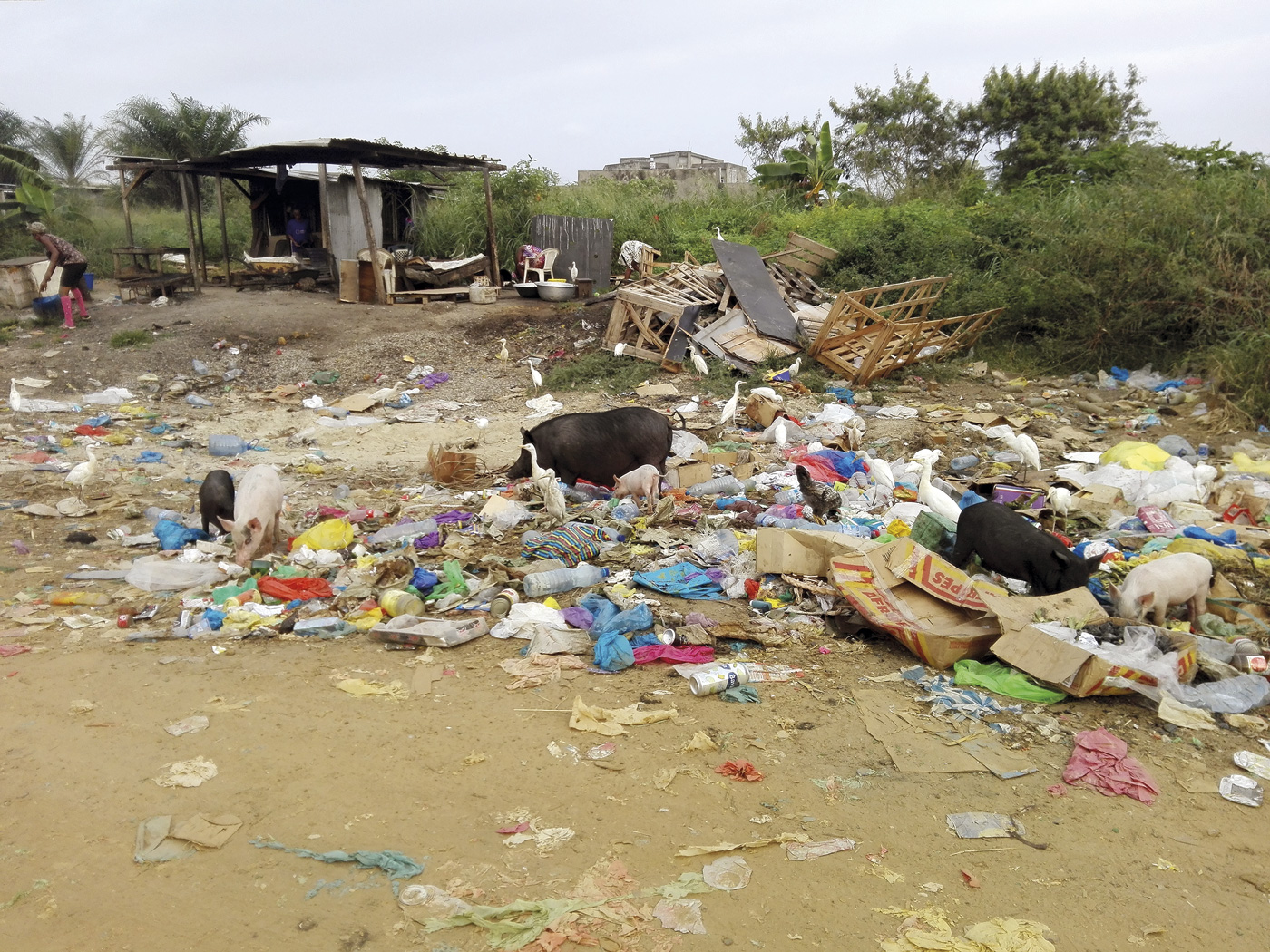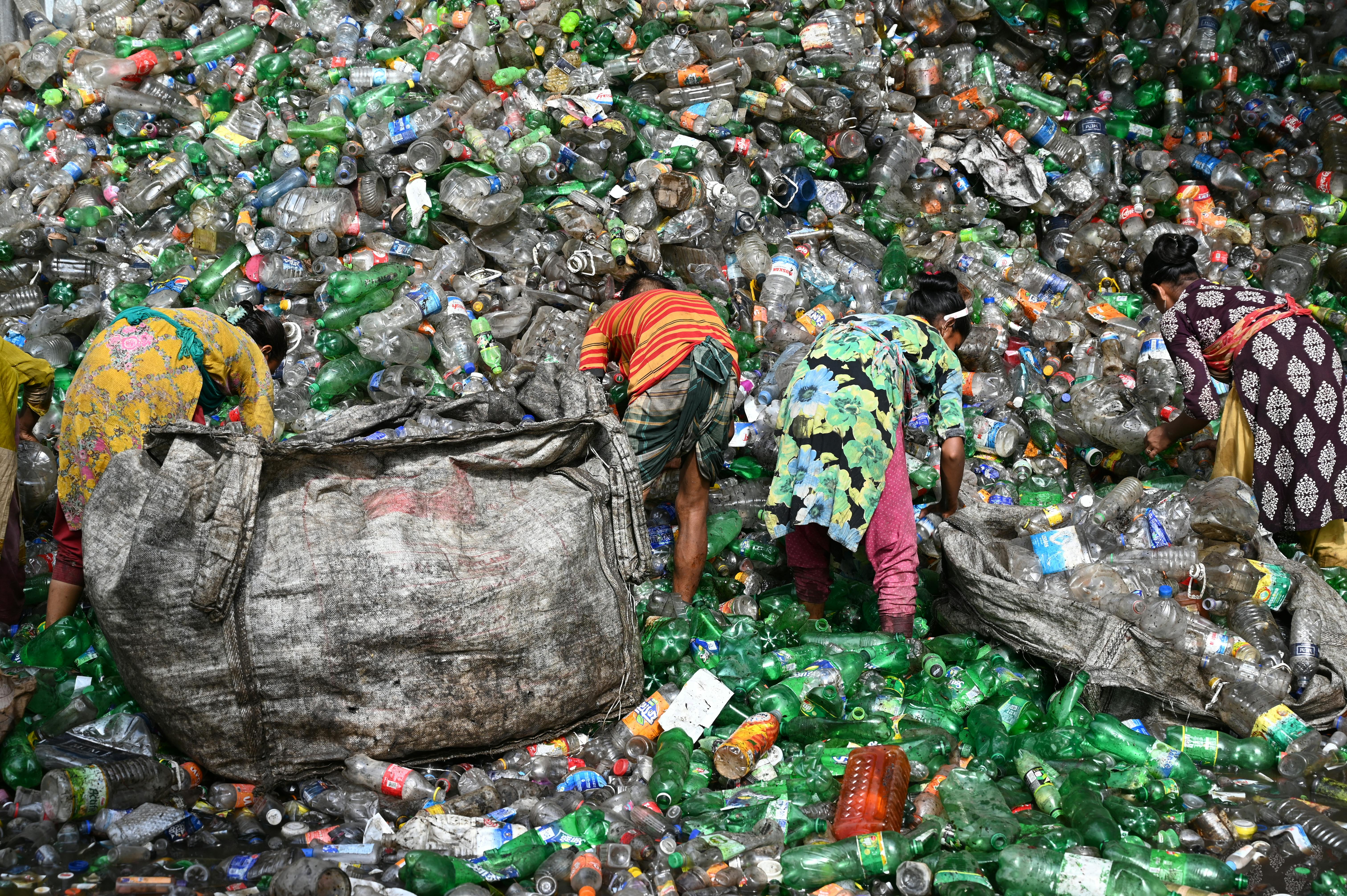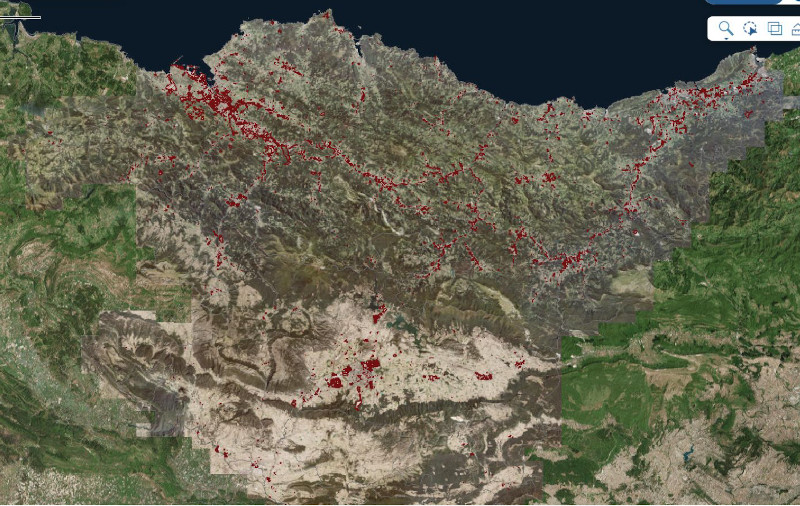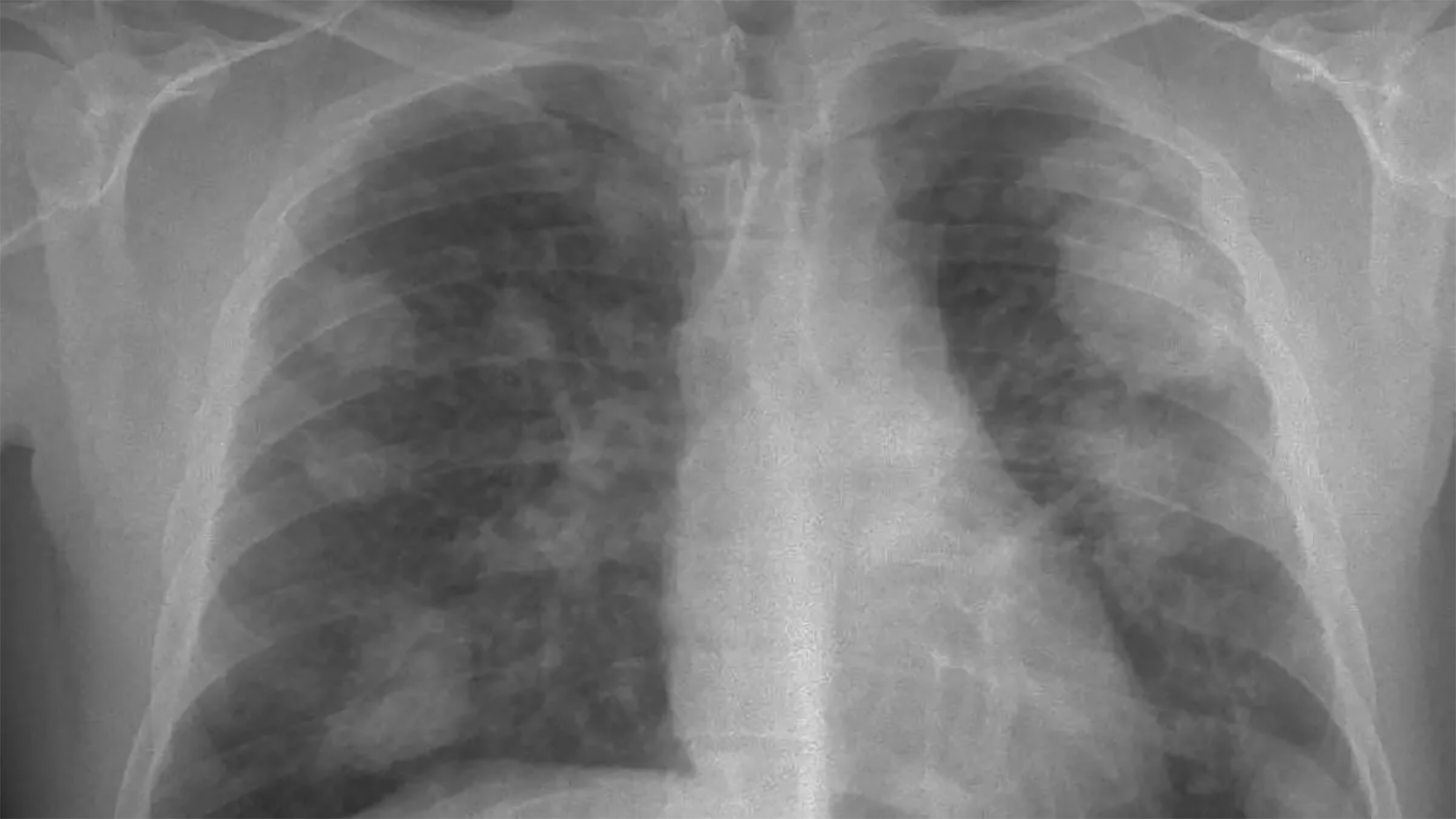Thousands of studies highlight the need to solve the problem of microplastics
- On the occasion of the 20th anniversary of the first use of the word “microplastic”, a group of researchers have reviewed what they have learned during these years in a study published in the journal Science. And they've come to clear conclusions: they're very widespread in all natural environments and they cause significant damage at many levels; pollution can double by 20240; they're present in food and drink, in the human body, and there's more and more evidence of negative effects. In this regard, they have called for the need to address the issue and seek solutions to minimize the consequences.

Oihane Cabezas Basurko (AZTI) and Manu Soto López (PiE-UPV/EHU) made it clear that the problem is “terrible” and “serious” in the report on marine litter. “We’ve found microplastics at every single point in Urdaibai,” Soto said.
These small pieces of plastic, once they spread, are almost impossible to pick up or remove and spread easily. Thus, they have been found in every corner of the planet, in over 1,300 animal species, and in human tissues and organs such as lungs, livers, kidneys, blood, reproductive organs, meats, brain and heart.
This work has analyzed about 7,000 studies that have been carried out over these twenty years, and the authors believe that the evidence and knowledge accumulated during these years highlight the urgency of seeking solutions to this serious problem, for which actions and initiatives will be necessary worldwide.
















.jpg)



.jpg)


